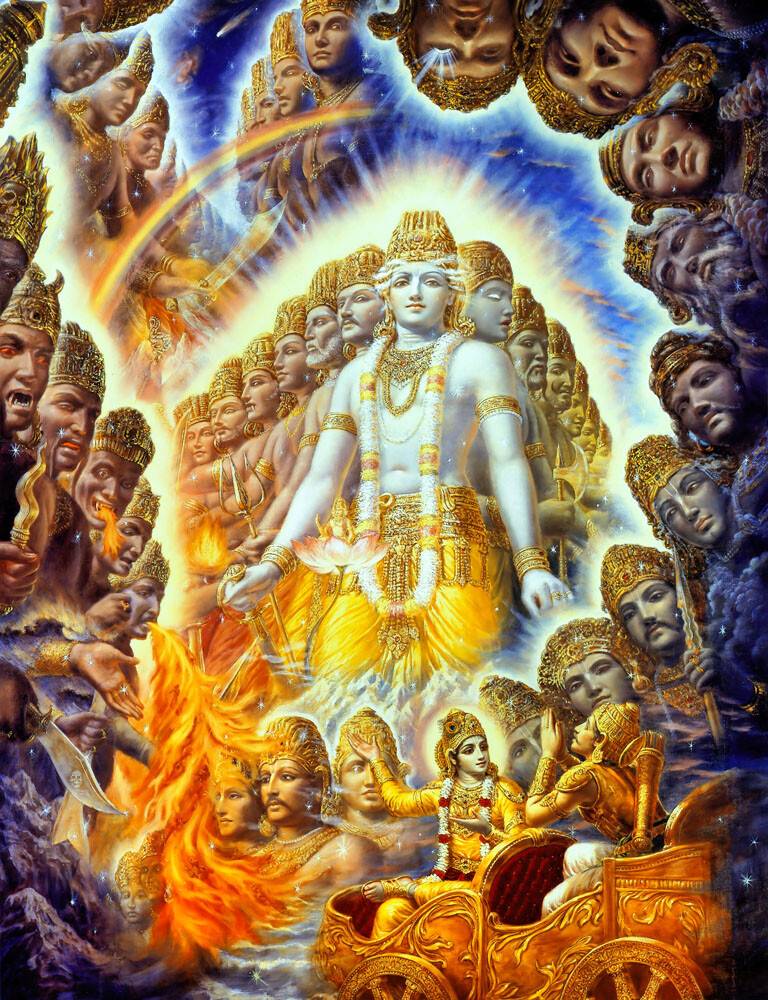The existence of God has been a central question in philosophy, theology, and personal belief for millennia, and while definitive empirical evidence remains elusive, several compelling arguments and indications suggest the reality of a higher power to many people.
One of the most significant indications of God’s existence is the complexity and order of the universe. The fine-tuning argument posits that the precise conditions necessary for life to exist in the universe are so exact that they suggest an intelligent designer. From the delicate balance of fundamental forces to the intricate structures of DNA, the universe’s complexity can inspire awe and a sense of wonder about its origins. Many perceive this intricate design as evidence of a purposeful creator.
Another compelling argument is the moral and ethical structure observed in human societies. The moral argument suggests that the existence of objective moral values—principles perceived consistently across diverse cultures and times—points to a moral lawgiver, which many equate with God. This perspective holds that while societal norms can vary, the underlying principles of right and wrong hint at a universal moral compass that transcends human invention.
Spiritual experiences also provide personal evidence for many believers. Experiences such as a profound sense of peace during prayer, moments of synchronicity, or feelings of connectedness with the universe are frequently cited as personal encounters with the divine. These subjective experiences, while not easily measurable, carry significant weight for those who have them.
Lastly, historical and transformative impacts of religious figures and texts suggest another form of evidence. The life and teachings of figures like Jesus, Buddha, and others, as well as the profound influence of holy texts, have shaped civilizations and inspired countless individuals. The ability of these narratives to endure and transform lives is seen by some as indicative of a divine source.
While these points do not constitute scientific proof, they provide a basis for belief in God that combines personal experience, philosophical reasoning, and the observation of the universe’s complexity. For many, these elements collectively offer sufficient grounds to believe in the divine, framing their understanding of the world and guiding their spiritual journeys.
